And we’re up and rolling once more! After a refit of over three months, multiple revisions and other improvements, the Race for Water vessel is ready to set sail for the Pacific Ocean! So, what’s changed aboard?
“On 10 December 2017, the vessel left the port to go in for her refit in the IMM shipyard, where she was lifted clear of the water using a massive barge”, explains Jean-Marc Normant, Technical Director and captain of the vessel. Shipyards boasting infrastructure such as this are few and far between and it’s the reason why the Foundation chose Pointe-à-Pitre for its technical pit stop. The barge, a kind of submerged base on which the vessel sits, can be raised so that the vessel is completely clear of the water. A ‘dry dock’ in technical terms, which has enabled the teams to check the usually submerged sections of the vessel’s hulls, fair them and then repaint them. “First off you have to pressure wash the hulls. Next up she must be faired all over before being repainted with antifouling, a paint that slows the inevitable return of the algae growth”, Jean-Marc explains. With new paint, the ability of the hulls to slip through the water increases. On a vessel like Race for Water, clean hulls equate to a 15% gain in speed and her range is increased as a result.
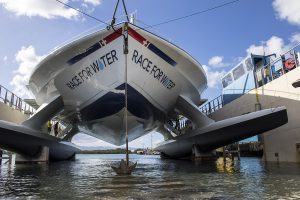
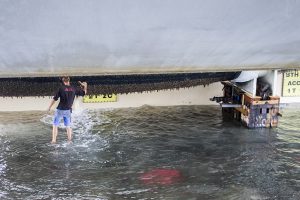
Figure 1: The Race for Water vessel in dry dock and the work on the submerged hull sections
“To prepare her to be painted, second in command, Annelore, took on the bulk of the work with the teams from the IMM yard”, says the Technical Director. “There were three members of Race for Water on site at any one time and those that work at the yard provided us with some valuable assistance”. In addition to the painting, the teams dismantled the propellers, checked the propeller shafts, which are the shafts that link the propellers to the electric engines, and gave both of these an overhaul.
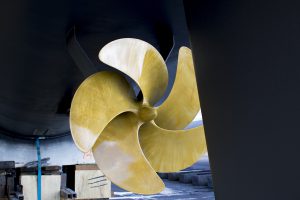
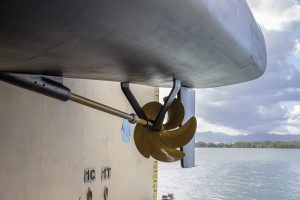
Figure 2: From the engines to the propeller, everything has had an overhaul!
Meantime, Basile Prime, the on-board engineer, spent several weeks configuring new systems for the on-board electronics. The upshot of this is a new on-board touchscreen dedicated solely to managing the hydrogen energy, which is coupled up to the existing instrument panel. To guarantee the safety of the scientists and divers, a new ladder has been installed on the boat’s aft section. According to Jean-Marc, there’s no doubt, the vessel is “Gleaming and ready to set sail in complete safety!”
With regards to the kite technology, the teams from Skysails will be coming aboard between now and late January, to set up the kite’s latest state-of-the-art autopilot system. This new version has been developed using the data obtained at sea during the Atlantic crossing. A long stopover has enabled the teams to carry out a complete overhaul of the vessel so as to further increase her energy range.
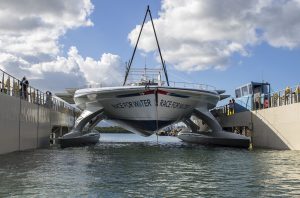
Figure 3: A sunny relaunch